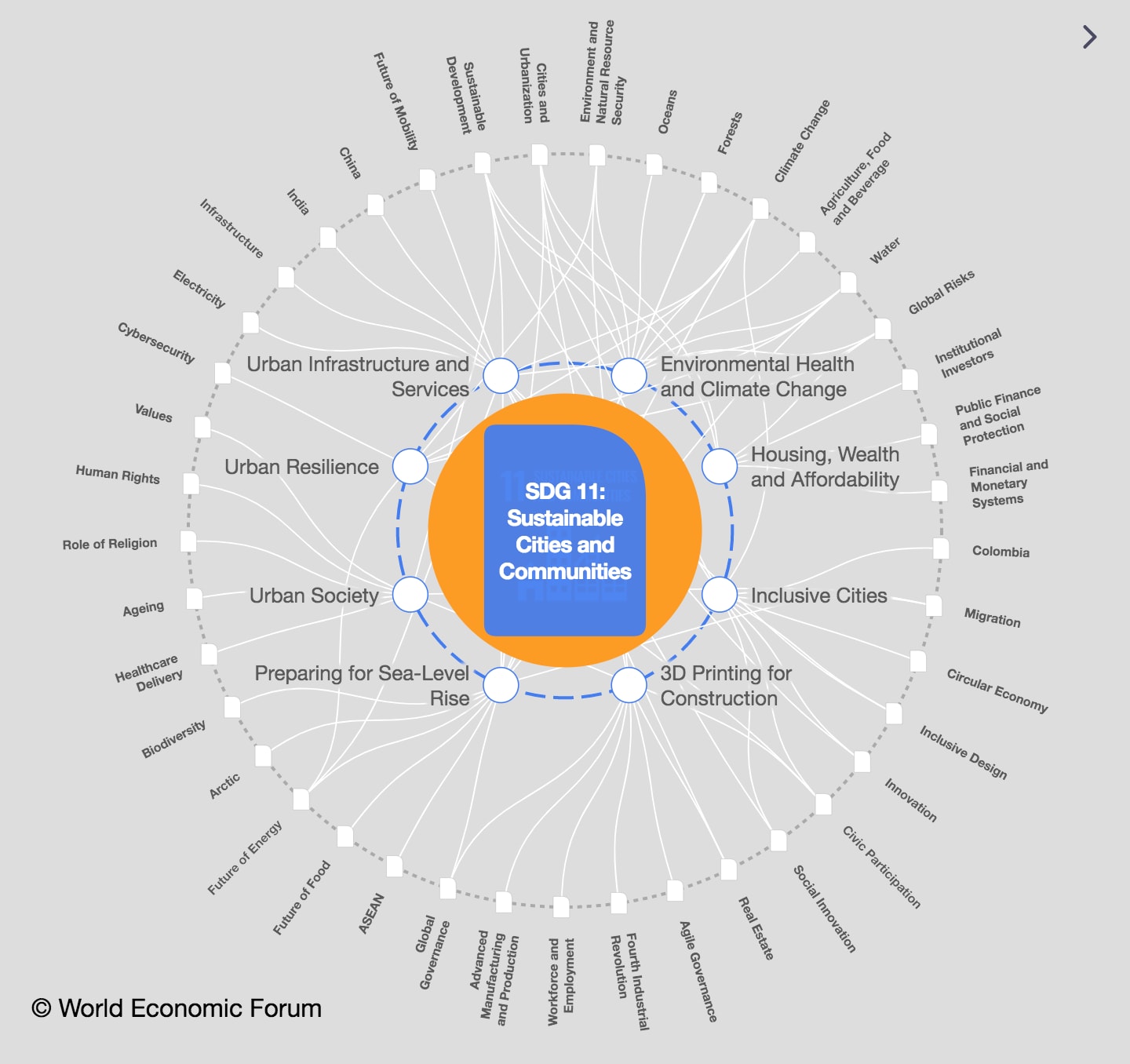These are the 15 fastest-growing cities in the world

The population of Bujumbura in Burundi is set to grow by 123% by 2035. Image: REUTERS/Evrard Ngendakumana
- The world's 15 fastest-growing cities - based on UN population estimates - are all in Africa.
- Among the fastest-growing cities are three cities located in Tanzania.
- Bujumbura, Burundi is forecast to grow fastest in the next 15 years.
The world population is expected to grow to 8.6 billion in 2030, and African metro areas are leading this growth.
According to a 2017 UN press release, population growth will mainly occur in nine countries, including five African countries — Tanzania, Congo, Uganda, Nigeria, and Ethiopia. The 15 fastest-growing cities, all located in Africa, are projected to almost double their populations by 2035.
Africa is growing so quickly because of its increasingly large young population, the highest of any continent. Over 75% of its population is younger than 35, according to the United Nations Office on the Special Adviser of Africa.
The United Nations Department of Economic and Social Affairs publishes population estimates using data from national censuses and specialized population surveys. We examined the cities that are projected to most rapidly grow in size over the next 15 years among urban areas that had at least 300,000 residents as of 2018 based on the UN's projections of 2020 and 2035 city populations.
Here are the 15 fastest-growing global cities and their expected change in population:
15. Lilongwe, Malawi, has an estimated 2020 population of 1,122,000 and is projected to grow by 97% to 2,210,000 in 2035.
14. Ouagadougou, Burkina Faso, has an estimated 2020 population of 2,780,000 and is projected to grow by 97% to 5,481,000 in 2035.

13. Uige, Angola, has an estimated 2020 population of 511,000 and is projected to grow by 98% to 1,013,000 in 2035.
12. Bobo-Dioulasso, Burkina Faso, has an estimated 2020 population of 972,000 and is projected to grow by 100% to 1,940,000 in 2035.
11. Dar es Salaam, Tanzania, has an estimated 2020 population of 6,702,000 and is projected to grow by 100% to 13,383,000 in 2035.

10. Tete, Mozambique, has an estimated 2020 population of 371,000 and is projected to grow by 101% to 744,000 in 2035.

9. Niamey, Niger, has an estimated 2020 population of 1,292,000 and is projected to grow by 101% to 2,600,000 in 2035.

8. Bunia, Congo, has an estimated 2020 population of 679,000 and is projected to grow by 101% to 1,368,000 in 2035.

7. Gwagwalada, Nigeria, has an estimated 2020 population of 410,000 and is projected to grow by 102% to 827,000 in 2035.
6. Mwanza, Tanzania, has an estimated 2020 population of 1,120,000 and is projected to grow by 102% to 2,267,000 in 2035.

5. Songea, Tanzania, has an estimated 2020 population of 353,000 and is projected to grow by 110% to 740,000 in 2035.

4. Kabinda, Congo, has an estimated 2020 population of 466,000 and is projected to grow by 110% to 979,000 in 2035.
3. Kampala, Uganda, has an estimated 2020 population of 3,928,000 and is projected to grow by 112% to 7,004,000 in 2035.

2. Zinder, Niger, has an estimated 2020 population of 489,000 and is projected to grow by 118% to 1,065,000 in 2035.

1. Bujumbura, Burundi, has an estimated 2020 population of 1,013,000 and is projected to grow by 123% to 2,263,000 in 2035.

Don't miss any update on this topic
Create a free account and access your personalized content collection with our latest publications and analyses.
License and Republishing
World Economic Forum articles may be republished in accordance with the Creative Commons Attribution-NonCommercial-NoDerivatives 4.0 International Public License, and in accordance with our Terms of Use.
The views expressed in this article are those of the author alone and not the World Economic Forum.
Stay up to date:
SDG 11: Sustainable Cities and Communities
Related topics:
Forum Stories newsletter
Bringing you weekly curated insights and analysis on the global issues that matter.
More on Urban TransformationSee all
Ibrahim Abdullah Alshunaifi and Caroline Tasse
April 3, 2025






